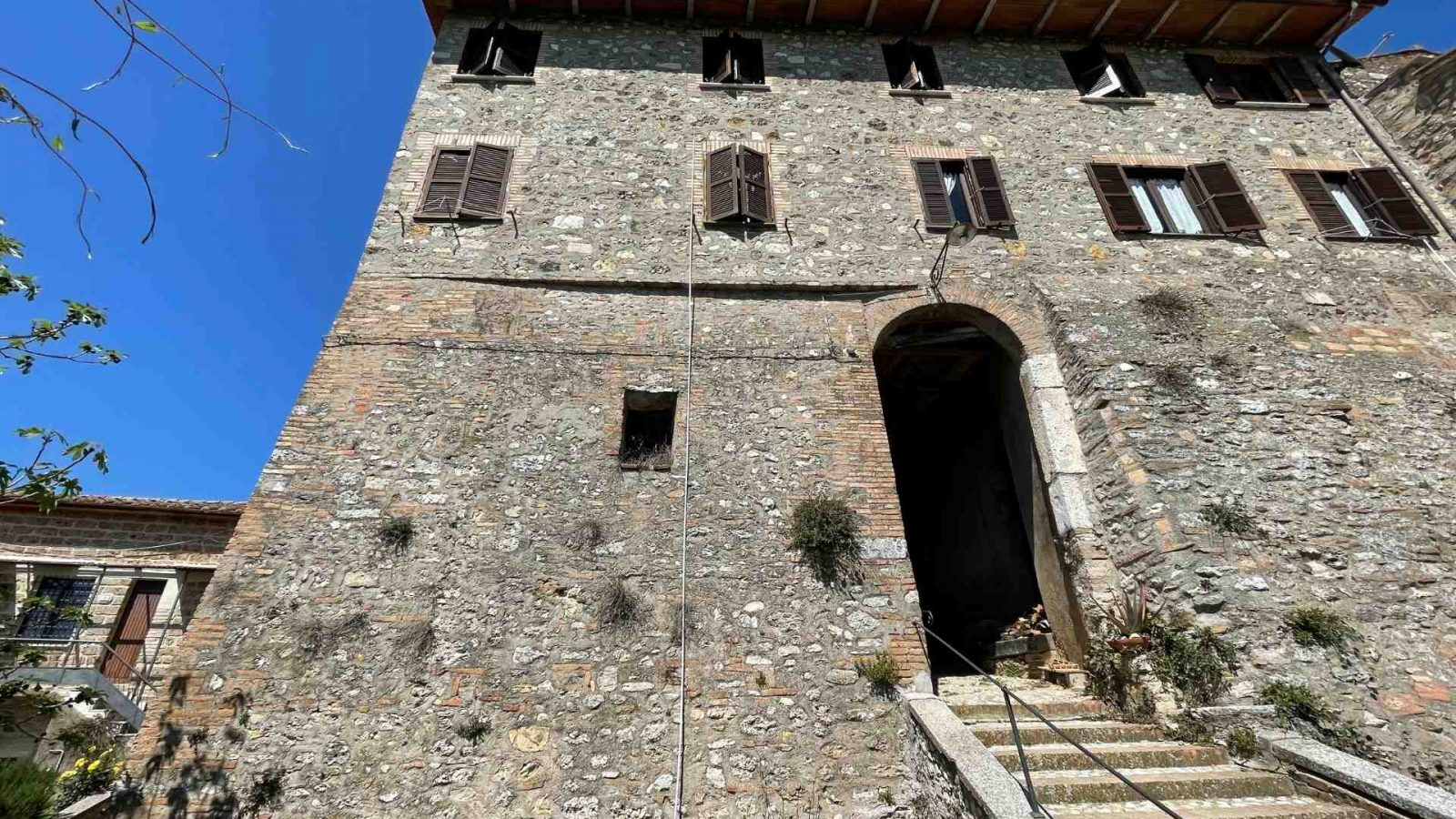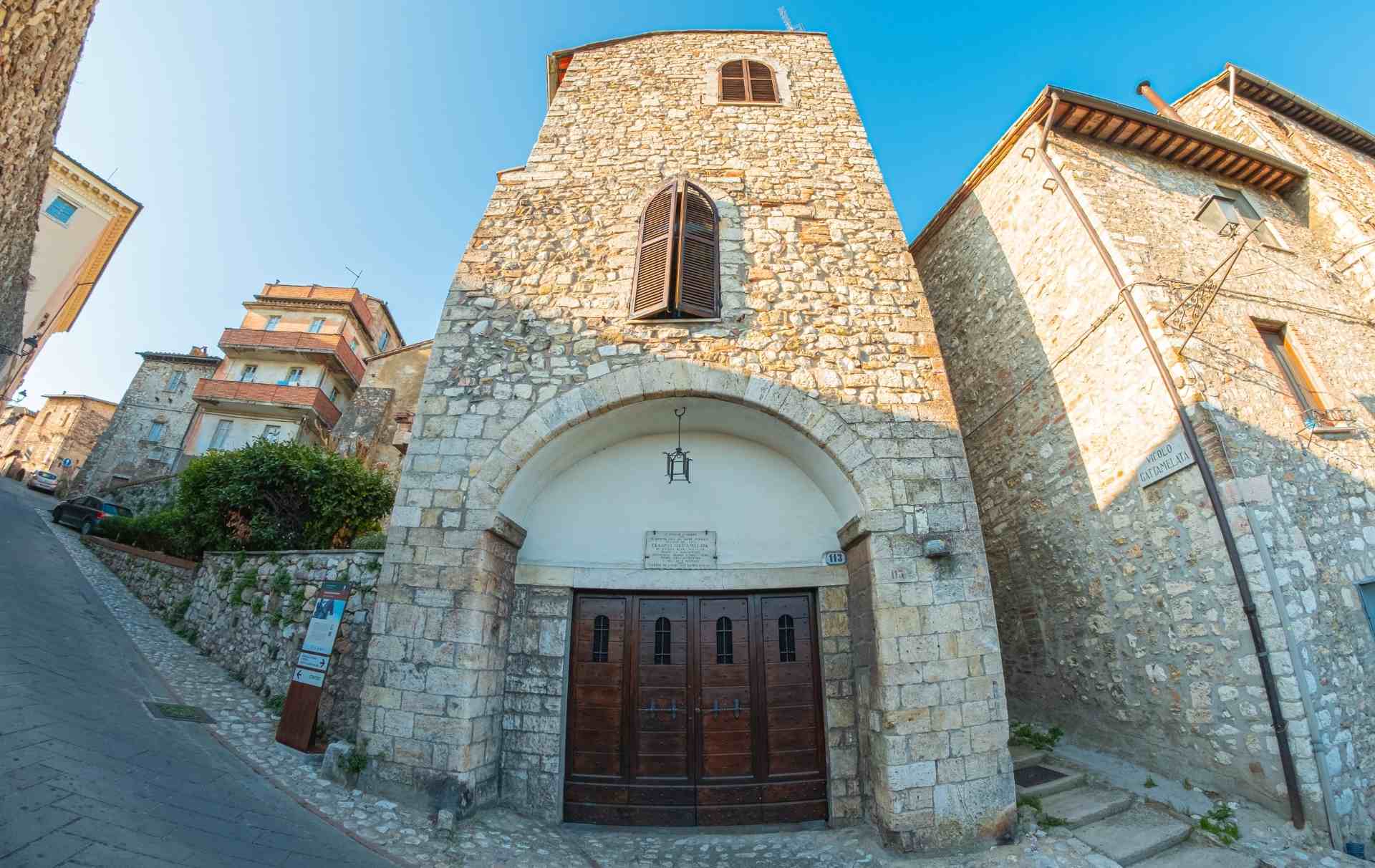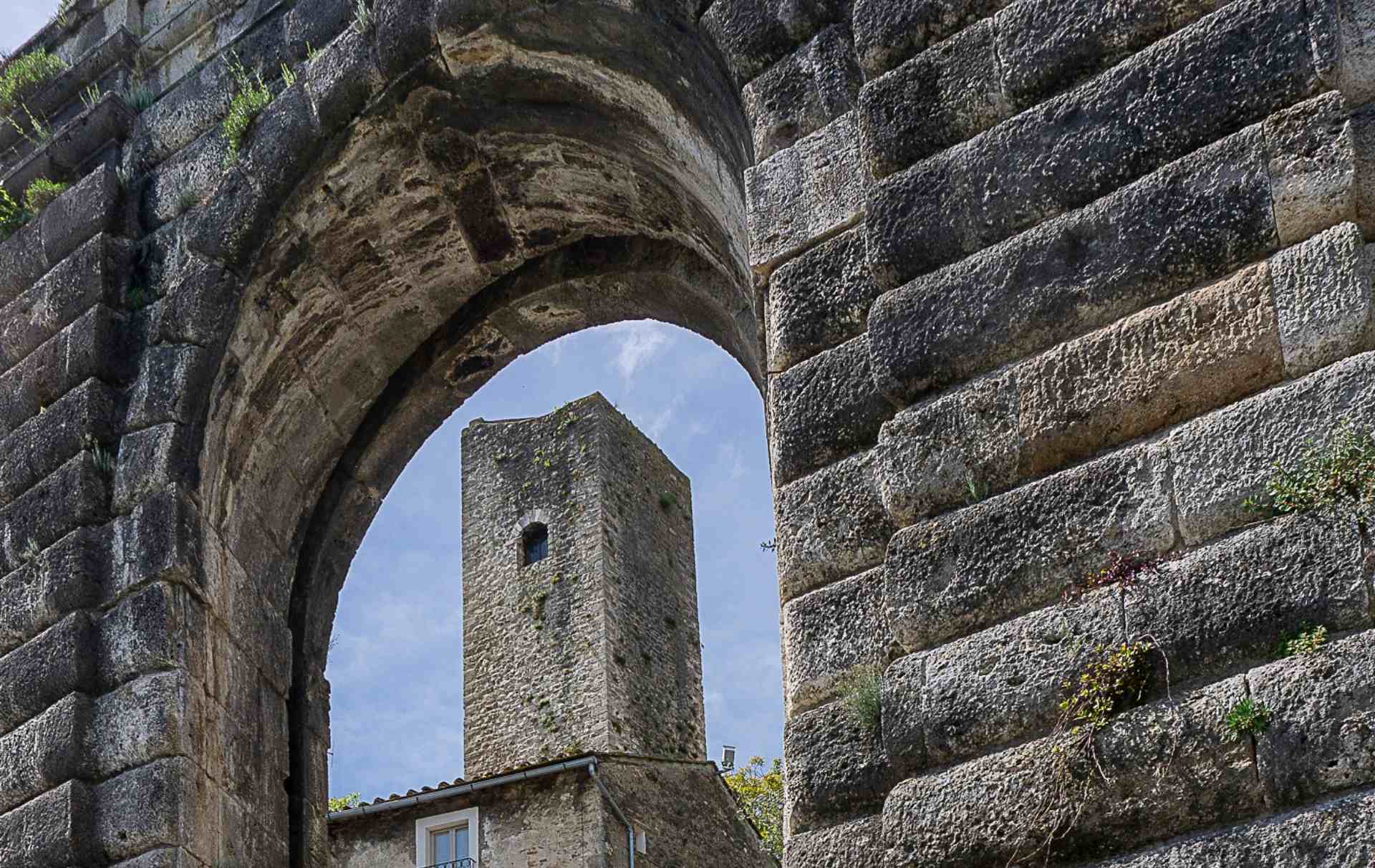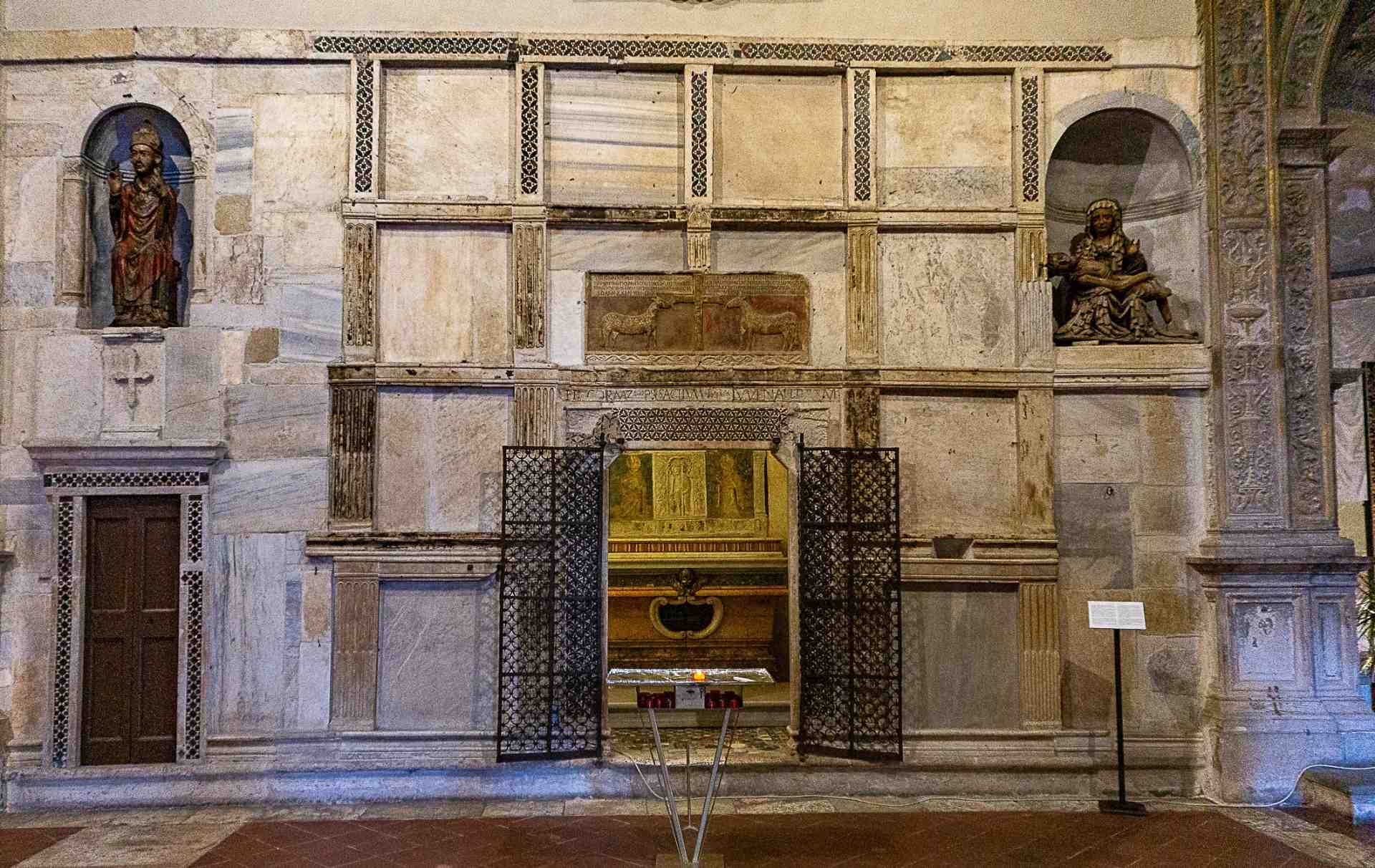Il borgo di Gualdo sorge lungo il tratto di via Flaminia che da millenni porta da Otricoli – antica Ocriculum – a Narni – antica Narnia.
Gualdo: un antico posto di guardia lungo la via Flaminia.
Important was the strategic position of this fotified town that was the Roman vallum (=wall or border), or the Longobard watha (=guard post) from which it derives its name.
The first written documents which talk about the Castrum Gualli come from the Statutes issued under Gregory XI between 1371 and 1378.
From the Reformations dating 1533 we know that, to the men of this castel and the ones of the castle of Guadamello, was given the task of enforcing municipal orders against the near castel of Orte.

What to see.
There are several things to see inside the walls of the former castle:
- the entrance door, which is preserved with its round arch, is the only intact part of the medieval defence walls;
- the Church of Saints Peter and Paul, patrons of Gualdo, preserves a table of the fourteenth century with the Madonna that protects the inhabitants of the village;
A short distance from the central square, in the direction of the provincial road, stands the charming Church of San Carlo in Gothic style now private.
Hidden on a hill rises the Church of San Biagio, probably built over an older Roman building.
Gualdo
Gualdo – 05035, Narni
You can visit the old town on foot leaving the car outside the castle walls in the parking lot.
It is recommended to park near the main entrance of the castle.
Discover Narni.
Discover with us the places of interest of Gualdo or near it.
Or discover the points of interest of Narni and of its territory:

House of Erasmo Gattamelata
The House of Erasmo Il Gattamela, where born one of the biggest captains of fortune of the Middle-Age, is along the walls of the town

Fiera Gate
The ancient and austere Fiera Gate, in the past called Porta San Vittore from the name of a church near by, there is on the

The right aisle, the fourth aisle and the Sacello of San Giovenale
One of the particularities of the Cathedral of Narni is the presence of two aisles instead of one. The right aisle continues with that birthed


